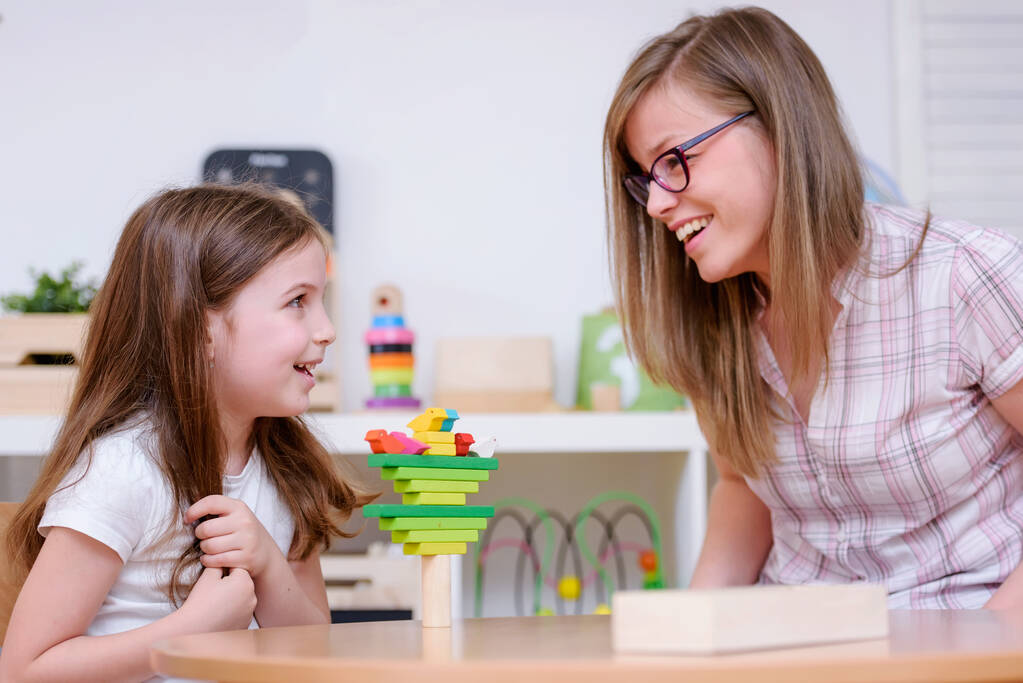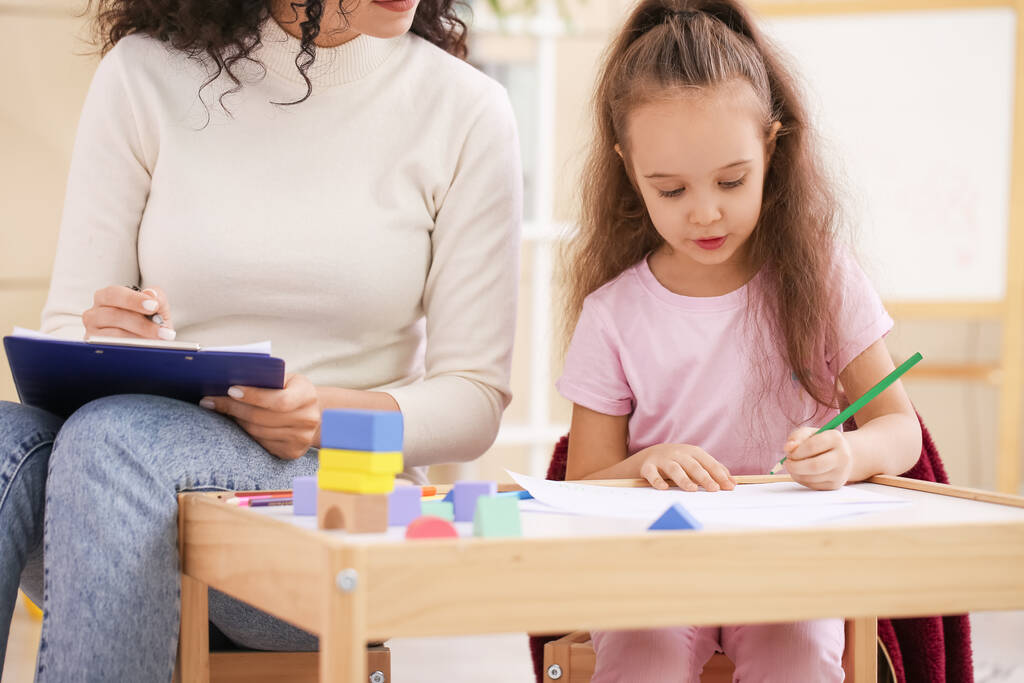Learn effective strategies and techniques to teach emotional regulation to 6-7 year old children.
How to Teach Emotional Regulation to 6-7 Year Old Children
Are your little ones prone to emotional meltdowns and tantrums? Don’t worry, teaching emotional regulation to 6-7 year old children is not as challenging as it may seem. With the right strategies and a little bit of patience, you can help your kids navigate their emotions in a healthy and constructive way. So, buckle up and let’s dive into the world of emotional regulation!

Understanding Emotional Regulation in Children
Ah, emotions! They can be like a roller coaster ride, especially for young children. But before we hop on this emotional roller coaster, let’s first understand what emotional regulation is all about. Simply put, it’s the ability to manage and express our emotions in a socially acceptable manner. Emotional regulation helps children cope with their feelings, both the ups and the downs, and find a sense of balance in their emotional world.
Emotional regulation is a complex process that involves various cognitive and behavioral strategies. It’s not just about suppressing or hiding emotions, but rather about understanding and responding to them in a healthy way. Children who have good emotional regulation skills are able to identify their emotions, understand the causes behind them, and choose appropriate ways to express and manage them.
The importance of emotional regulation cannot be overstated. It is like a superhero cape that helps children handle life’s challenges. When kids can regulate their emotions, they are better equipped to make thoughtful decisions, maintain positive relationships, and navigate through stressful situations. It sets them up for success in all aspects of life – school, friendships, and beyond!
The Importance of Emotional Regulation
In the grand scheme of things, emotional regulation is not just a skill, but a fundamental aspect of human development. It lays the foundation for emotional intelligence, which is the ability to recognize, understand, and manage our own emotions, as well as the emotions of others. Emotional intelligence is closely linked to social competence, empathy, and overall well-being.
Research has shown that children who have strong emotional regulation skills are more likely to have better mental health outcomes, higher academic achievement, and healthier relationships. On the other hand, difficulties with emotional regulation can lead to behavioral problems, poor academic performance, and even mental health disorders.
Emotional Development in 6-7 Year Olds
Ah, the age of 6-7! It’s a magical time when children are starting to become more independent, but their emotions might still be a wild roller coaster ride. During this stage, they are developing a greater sense of self-awareness, experiencing a range of emotions, and learning to understand and control those emotions. It’s our job as parents and educators to guide them along this emotional journey.
At this age, children are becoming more aware of their own emotions and the emotions of others. They are learning to label their feelings, such as happiness, anger, sadness, and fear. However, they may still struggle with understanding the intensity and complexity of these emotions. They might have difficulty distinguishing between similar emotions, such as frustration and anger, or sadness and disappointment.
Furthermore, 6-7 year olds are also learning to regulate their emotions through various strategies. They may start to use simple coping mechanisms, such as taking deep breaths or counting to ten, to calm themselves down when they feel overwhelmed. They may also seek comfort and support from trusted adults or engage in activities that help them feel better, such as drawing, playing, or talking about their feelings.
As parents and educators, it is important to provide a supportive and nurturing environment for children to develop their emotional regulation skills. This can be done through open communication, teaching them about emotions and how to express them appropriately, and modeling healthy emotional regulation ourselves. By helping children navigate their emotional roller coaster, we are setting them up for a lifetime of emotional well-being.
Strategies for Teaching Emotional Regulation
Now that we have a basic understanding of emotional regulation, let’s explore some fun and effective strategies to teach it to our little ones. Remember, learning should be fun and engaging, just like a playful game!
Incorporating Emotional Vocabulary
Show off your verbal skills by incorporating emotional vocabulary into everyday conversations. Label emotions when you see them – happy, mad, sad, excited, frustrated – and encourage your children to do the same. This will help them develop a rich emotional vocabulary and become more aware of their own feelings.
Imagine a scenario where your child comes home from school and seems upset. You can ask them, “Are you feeling sad because something happened at school today?” By using emotional vocabulary, you are providing them with the tools to express and understand their emotions more effectively.
Additionally, you can create a game where you and your child take turns acting out different emotions. This can be a fun way to reinforce the emotional vocabulary and help them recognize and express various feelings.
Encouraging Self-Awareness
Help your children become emotional detectives by encouraging them to explore their own emotions. When they experience different feelings, ask open-ended questions like, “How does that make you feel?” or “Why do you think you feel this way?” This will help them develop a deeper understanding of their emotions and begin to recognize patterns.
For example, if your child gets frustrated while trying to solve a puzzle, you can ask them, “How does that frustration feel in your body? Do you feel tense or maybe your heart beats faster?” By guiding them to pay attention to their physical sensations, you are helping them develop self-awareness and connect their emotions with their bodily responses.
Furthermore, you can encourage your child to keep an emotion journal where they can write or draw about their feelings. This can serve as a valuable tool for self-reflection and help them gain insights into their emotional experiences.
Promoting Empathy and Understanding
Empathy is a superpower that can take your child’s emotional regulation skills to the next level. Encourage them to step into someone else’s shoes and consider how others might be feeling. This teaches them to be more understanding and compassionate, both towards themselves and others.
You can engage in activities that promote empathy, such as reading books or watching movies that explore different emotions and perspectives. Afterward, have a discussion with your child about the characters’ feelings and why they might have felt that way. This will help them develop a broader understanding of emotions and foster empathy.
Another way to promote empathy is by encouraging your child to perform acts of kindness. This can be as simple as sharing a toy with a friend or comforting someone who is upset. By practicing empathy in their daily lives, children learn to regulate their own emotions while also creating a positive impact on others.
Dealing with Emotional Outbursts
Oh no, here comes the emotional roller coaster! But fear not, because we’ve got some tricks up our sleeves to handle those emotional outbursts with grace and love.
Emotional outbursts can be overwhelming for both children and adults alike. They can leave us feeling helpless and unsure of how to respond. However, with the right tools and techniques, we can navigate through these challenging moments and help our loved ones find their emotional balance.
Calming Techniques for Children
When emotions run wild, it’s time to bring out the calming techniques. Deep breathing exercises can help children regulate their breathing and bring a sense of calmness to their bodies. Encourage them to take slow, deep breaths in through their nose, and exhale slowly through their mouth. This simple yet powerful technique can help them regain control over their emotions.
Another effective technique is counting to ten. This allows children to take a moment to pause and collect their thoughts before reacting impulsively. By counting slowly, they can redirect their focus and give themselves a chance to calm down.
Creating a calm-down corner can also be beneficial. This designated space can serve as a safe haven for children to retreat to when they feel overwhelmed. Fill it with sensory toys such as stress balls, fidget spinners, or soft blankets. These items can provide a soothing sensory experience and help redirect their attention away from the intense emotions they may be experiencing.
Constructive Responses to Emotional Outbursts
In the heat of the moment, it can be tough to see the forest for the trees. But remember, responding to emotional outbursts with love and understanding is key. It’s important to create a safe and non-judgmental space for your child to express their emotions.
One effective strategy is practicing active listening. This involves giving your full attention to your child, maintaining eye contact, and acknowledging their feelings without interrupting or dismissing them. By actively listening, you show your child that their emotions are valid and that you are there to support them.
Validation is another crucial aspect of responding to emotional outbursts. Let your child know that it’s okay to feel the way they do and that you understand their emotions. This validation can help them feel heard and validated, reducing the intensity of their outburst.
Once your child has calmed down, it’s important to help them find healthier ways to express themselves. Encourage them to use words to communicate their feelings instead of resorting to outbursts. Teach them alternative coping mechanisms such as journaling, drawing, or engaging in physical activities like dancing or running. By providing them with these tools, you empower them to express themselves in a more constructive manner.
Remember, dealing with emotional outbursts is a journey that requires patience, understanding, and consistent effort. By implementing these calming techniques and constructive responses, you can help your child navigate their emotions and build stronger connections within your family.
Building a Supportive Environment for Emotional Growth
Creating a supportive environment is like planting seeds of emotional growth. Let’s explore how parents, school, and friends play a crucial role in nurturing emotional regulation skills.
Role of Parents in Emotional Regulation
As parents, we have the power to shape our children’s emotional landscape. Lead by example by demonstrating healthy emotional regulation yourself. Celebrate their emotional victories, provide a safe space for expression, and be their emotional cheerleader every step of the way.
The Impact of School and Friends
Home is not the only place where emotional journeys take place. School and friends also play a significant role in shaping emotional regulation skills. Encourage positive peer interactions, foster supportive relationships, and ensure that the emotional growth journey continues beyond the walls of your home.
Monitoring Progress and Adjusting Techniques
At the end of the day, it’s important to recognize that children are unique individuals with ever-changing emotional landscapes. Let’s explore how we can monitor their progress and adjust our strategies accordingly.

Recognizing Improvements in Emotional Regulation
Take a moment to celebrate the progress your little ones make along their emotional journey. Acknowledge their achievements, no matter how small they may seem. By recognizing their efforts, you’ll motivate them to keep growing and continue practicing healthy emotional regulation.
Adapting Strategies Based on Child’s Needs
Every child is a star with their own unique emotional constellation. Keep a close eye on their emotional needs and adapt your teaching strategies accordingly. Some children may benefit from visual aids, others from role-playing, and some may simply need a listening ear. Flexibility is the name of the game!
So, dear parents and educators, remember that teaching emotional regulation is about embarking on an exciting adventure together. With love, patience, and a sprinkle of playful magic, you’ll help your 6-7 year old children become emotional superheroes ready to conquer the ups and downs of life. Onward we go!



